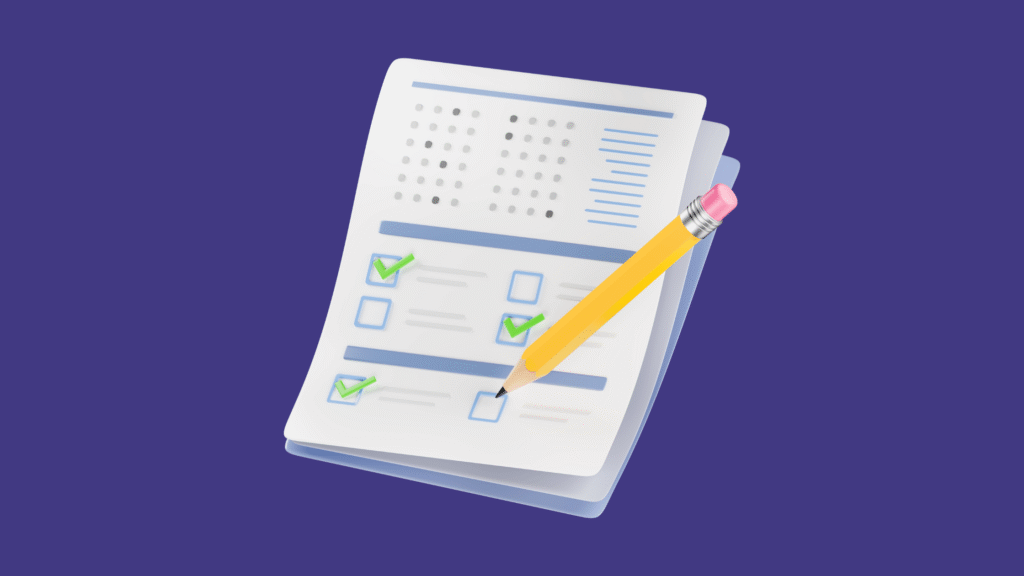Book a personal IELTS Writing evaluation with Shane Jordan — former British Council examiner and IDP certified trainer.
👉 Schedule Your Assessment
Why IELTS Writing Task 2 Feels So Tough
Every IELTS candidate has the same love-hate relationship with Writing Task 2. It looks harmless — 250 words, 40 minutes — but most people walk out wondering what just happened.
The truth? Writing Task 2 is less about fancy grammar and more about logic, planning, and clarity. Once you understand what the examiners actually reward, the path to Band 7 and above becomes much simpler.
Step 1: Know What Examiners Score
IELTS examiners use four criteria. Each carries equal weight.
| Criterion | What It Means | How to Impress |
|---|---|---|
| Task Response | You answered the question fully. | Develop clear main ideas with evidence. |
| Coherence & Cohesion | Your essay flows logically. | Use paragraphs, linking words, and topic sentences. |
| Lexical Resource | Your vocabulary range and precision. | Use topic-specific words and collocations accurately. |
| Grammar Range & Accuracy | Your sentence variety and correctness. | Mix complex and simple sentences; keep errors rare. |
(ALT Image: “IELTS Writing Task 2 band descriptors chart simplified”)
Reference: IELTS Band Descriptors for Writing
Step 2: Analyse Before You Write
Spend the first 2 minutes understanding the question.
Ask yourself:
- What’s the topic?
- What’s the task (agree/disagree, discuss, problem-solution, etc.)?
- What are the instruction words (give reasons, include examples, etc.)?
This single habit prevents off-topic answers — the biggest reason for scores stuck at 6.5.
Step 3: Plan Like a Pro (3-5 Minutes Max)
Write a quick skeleton plan:
- One clear thesis statement (your answer)
- Two main ideas — each with a supporting reason or example
It might look like this:
“I strongly agree that governments should invest more in public transport because it reduces pollution and improves urban life.”
Now you already know your structure before writing a single sentence.
Reference: IDP IELTS Tips on Planning Your Essay
Step 4: Write Using This Proven Structure
Introduction (2-3 Sentences)
- Paraphrase the question.
- State your opinion or main idea.
Example:
“In recent years, urban traffic congestion has become a major concern. This essay agrees that governments should prioritise public transport to tackle this growing issue.”
Body Paragraph 1
- Clear topic sentence
- Explanation or reason
- Short, specific example
Body Paragraph 2
- Another main point
- Brief supporting example
- Link sentence back to your thesis
Conclusion
- Summarise key ideas
- Restate your position (avoid new arguments)
Step 5: Write for Clarity — Not Complexity
Band 7 writers sound confident because their ideas are organised, not because they use rare words.
✅ Use linking words naturally: However, In addition, As a result.
❌ Avoid memorised phrases: It cannot be denied that …
✅ Use precise vocabulary: renewable energy, urban infrastructure, job satisfaction.
❌ Avoid general fillers: a lot of, good, bad, many things.
Step 6: Master the Five Essay Types
| Essay Type | What It Asks | What to Do |
|---|---|---|
| Opinion (Agree/Disagree) | “Do you agree or disagree?” | Pick a side and justify with two reasons. |
| Discussion (Both views) | “Discuss both views and give your opinion.” | Present both sides fairly before stating your own view. |
| Advantages/Disadvantages | “What are the advantages and disadvantages of …?” | Cover both, then weigh them in your conclusion. |
| Problem/Solution | “What problems does this cause and how can they be solved?” | Identify causes, then offer practical solutions. |
| Two-Part (Double Question) | Two questions in one prompt. | Answer each clearly in separate paragraphs. |
Reference: British Council – Writing Task 2 Tips
Step 7: Review Like an Examiner
In your last five minutes:
- Fix obvious grammar mistakes.
- Replace repeated words with synonyms.
- Check paragraph balance (two developed bodies = good structure).
- Count words quickly (aim for 260-280).

What Band 7 and Above Really Looks Like
| Band Level | Key Positive Features |
|---|---|
| Band 7 | Presents a clear position; logically organised; uses a range of vocabulary and complex structures with occasional errors. |
| Band 8 | Fully addresses all parts of the task; cohesive and fluent; wide vocabulary and grammatical control with only minor errors. |
| Band 9 | Exceptionally clear, precise and coherent; no noticeable errors; natural use of idiomatic language and style. |
Reference: IELTS Writing Band Descriptors PDF
Support Tools and Learning Resources
Here’s a curated list of trustworthy sites that genuinely help you refine your writing:
🧠 Learn How to Paraphrase
- Purdue OWL – Paraphrasing Exercises
- Manchester Academic Phrasebank — for rewording and academic phrasing.
✍️ Practise Summarising and Structuring
- Cambridge Write & Improve — AI-backed tool that analyses your writing and suggests improvements.
- University of Leicester – Writing Skills Resources — great for essay organisation and summarising practice.
📚 Official IELTS Guidance
Consistency Beats Luck
The jump from 6.5 to 7 is usually one thing — consistency.
If you plan properly, answer every part of the question, and develop each idea logically, you’ll hit Band 7 and above faster than you think.
Practice with purpose, use the resources above, and get expert feedback whenever possible — it’s the surest way to write like someone who belongs in a university abroad or a skilled-migration shortlist.
Ready to know your Writing band level?
Book a personal IELTS Writing evaluation with Shane Jordan — former British Council examiner and IDP certified trainer.
👉 Schedule Your Assessment